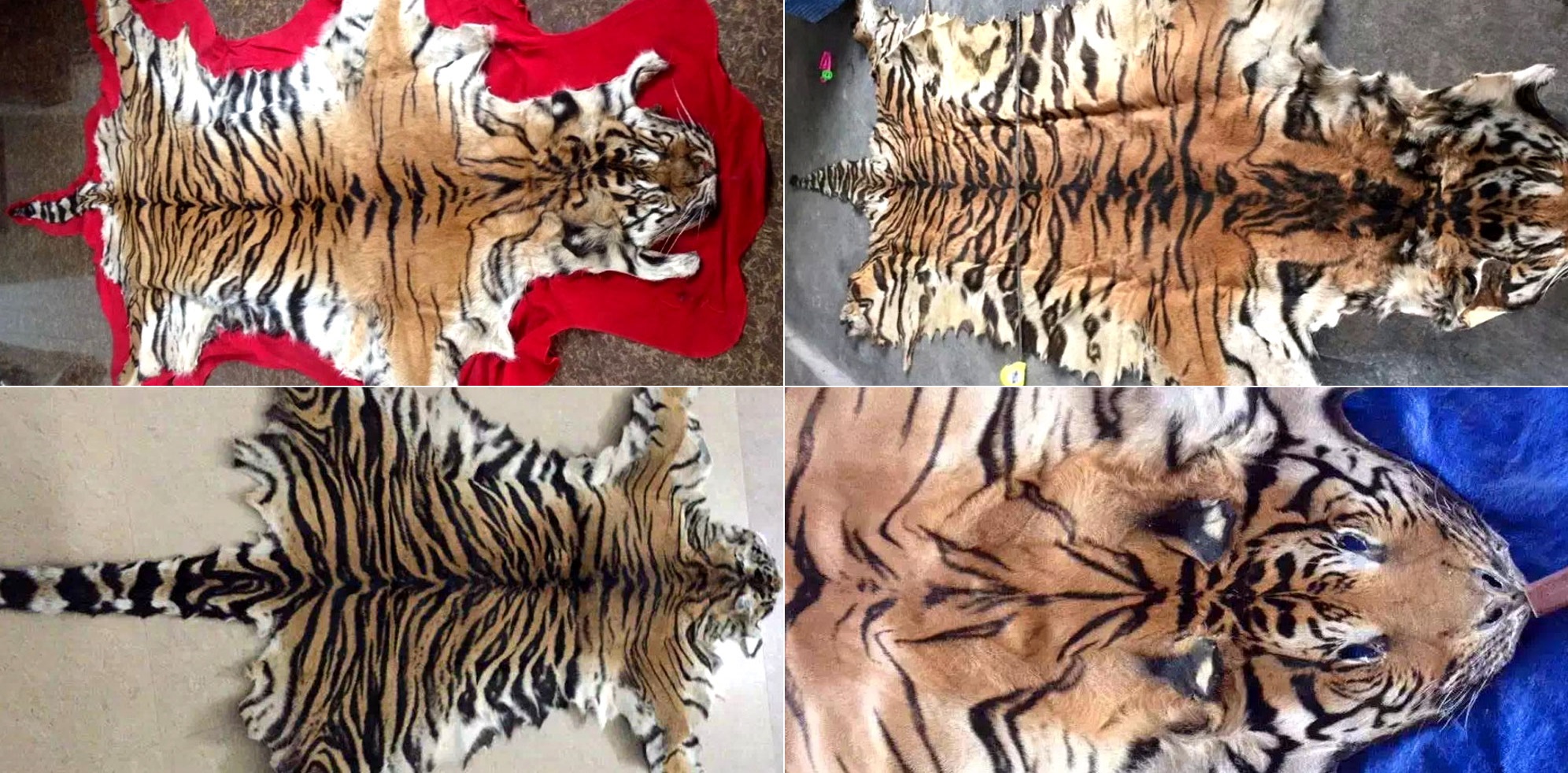‘As unique as fingerprints’ – groundbreaking new tiger stripe pattern database to help fight illegal wildlife trade




LONDON: Citizen scientists, photographers and others are being invited to help build an innovative new artificial intelligence tool to help crack down on the illegal global trade in endangered tigers.
An estimated 4,500 tigers remain in the wild throughout Asia, with seizures and trade information indicating that poaching to feed consumer demand remains a major threat to the species’ survival.
The London-based Environmental Investigation Agency (EIA), in partnership with the Alan Turing Institute, a leading UK centre for data science and artificial intelligence, is currently developing a bold new AI tool to contribute to law enforcement efforts by creating an extensive database of tiger stripe patterns.
EIA Tiger & Wildlife Crime Campaign Leader Debbie Banks said: “A tiger’s stripes are as unique as human fingerprints and our ultimate long-term ambition is to create a new globally accessible method and database for law enforcement agencies and researchers to identify individual tigers from the stripe patterns – from images of skins they see for sale physically and digitally, from seized tiger skins and from captive tigers. This will help trigger and facilitate cooperation.
“EIA already has a database of hundreds of images of tiger skins (rugs, taxidermy specimens, carcasses) which we have documented for sale online and in persistent trade hubs as well as collated from open-source images of seized tigers.”
The first step of the new tiger stripe database project, formally launched on International Tiger Day (29 July), will be to learn from existing tools and develop, train and test new AI technology.
To achieve this, EIA needs thousands of images including, but not limited to, images of known individual tigers and multiple images of the same tiger from different angles. They can be of tigers photograph in the wild, in zoos or in rescue centres.
All images for the project can be submitted, with relevant information, via a form on EIA’s website.
Banks added: “This is a unique opportunity for tiger lovers around the world to get hands-on and actually contribute directly to the future conservation of tigers.”
CONTACTS FOR MEDIA
EDITORS’ NOTES
Environmental Investigation Agency
62-63 Upper Street
London N1 0NY
UK
www.eia-international.org
Tel: +44 (0) 20 7354 7960
ends